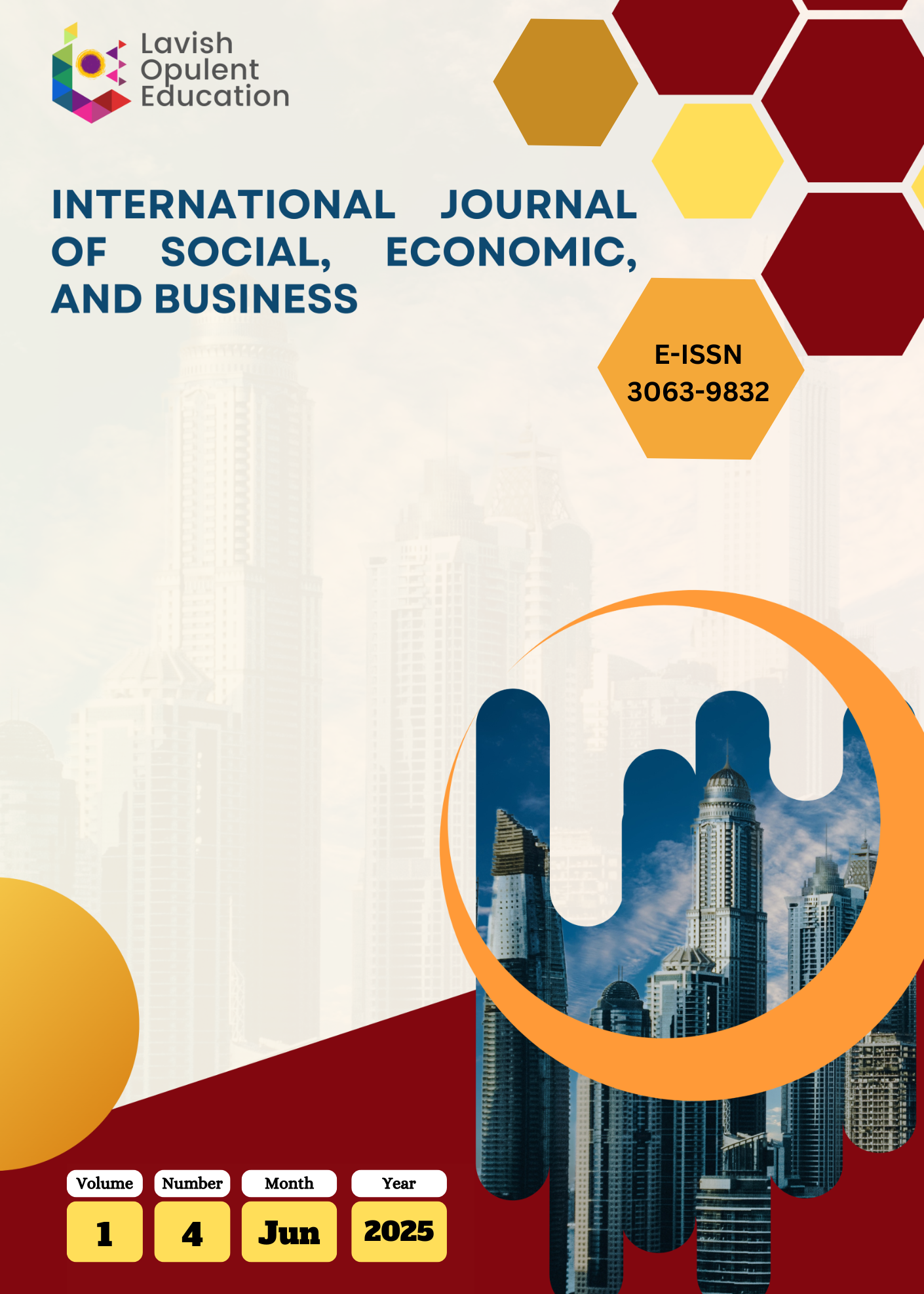Perceived Usefulness and Ease of Use as Determinants of User Satisfaction: A Study on the Sayang Warga Application in Tambaksari District, Surabaya
DOI:
https://doi.org/10.1512/8kxzkp84Keywords:
Digital Public Service Application, Perceived Ease of Use, Perceived Usefulness, Technology Acceptance Model (TAM), User SatisfactionAbstract
This study aims to analyze user acceptance of the Sayang Warga application in the Tambaksari District, Surabaya City, using a quantitative approach based on the Technology Acceptance Model (TAM). The model focuses on two main variables—Perceived Usefulness (PU) and Perceived Ease of Use (PEOU)—and includes user satisfaction as an indicator of system success. Data were collected through a structured questionnaire distributed to active users of the application and analyzed using descriptive quantitative methods. The results indicate that users have a positive perception of the application in terms of both usability and perceived benefits. The reliability dimension within PEOU received the highest mean score, while the assurance dimension under PU recorded the lowest. These findings affirm that technology acceptance is directly influenced by users’ perceptions of usefulness and ease of use, which ultimately affect their satisfaction levels. This study contributes theoretically to the development of public service information systems and offers practical insights for policymakers and application developers in designing inclusive, responsive, and sustainable digital systems.









